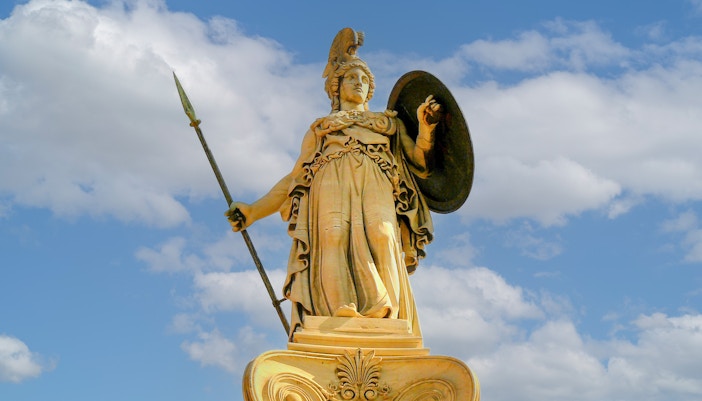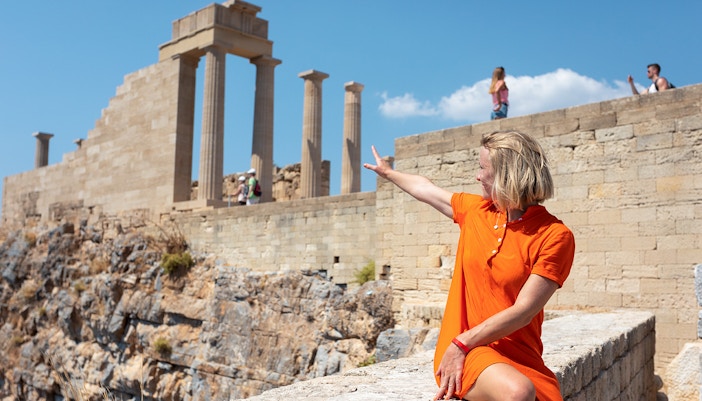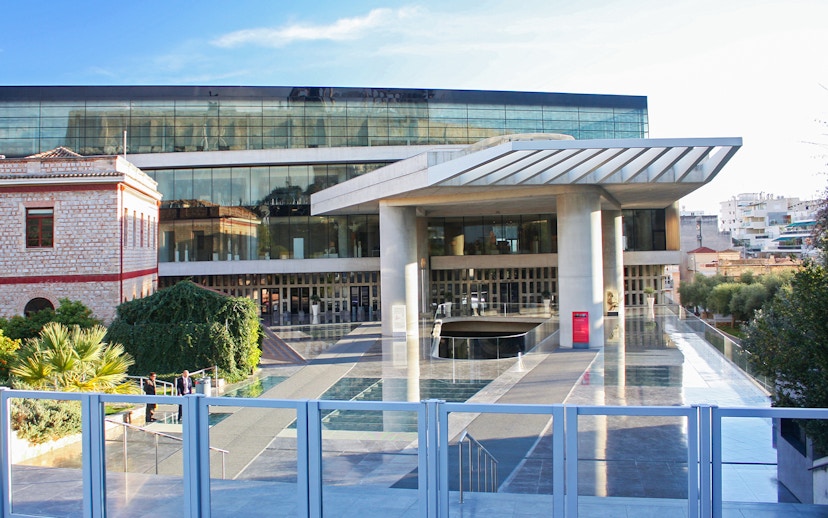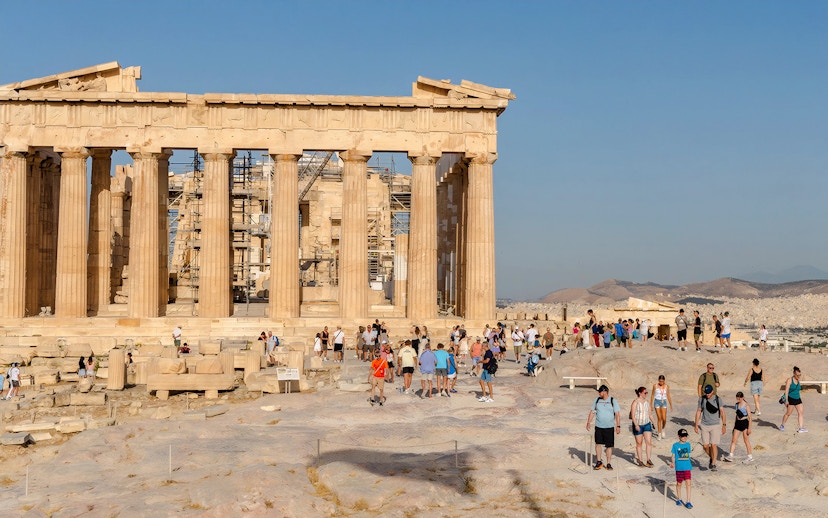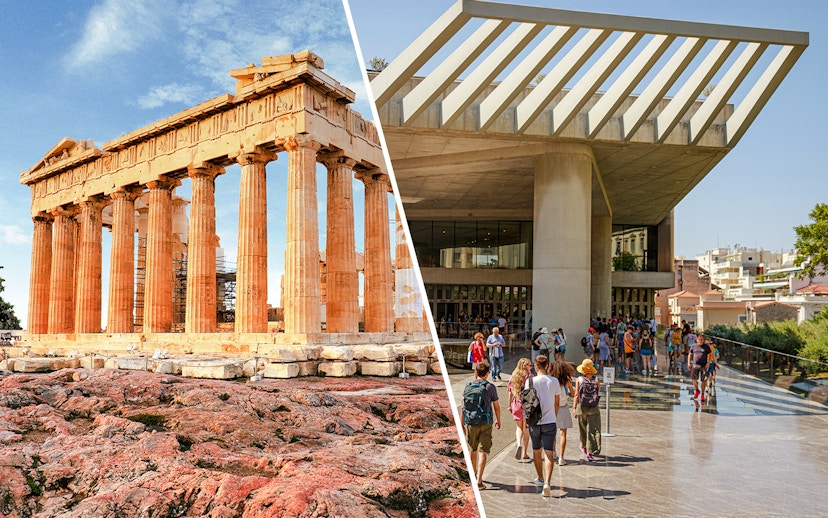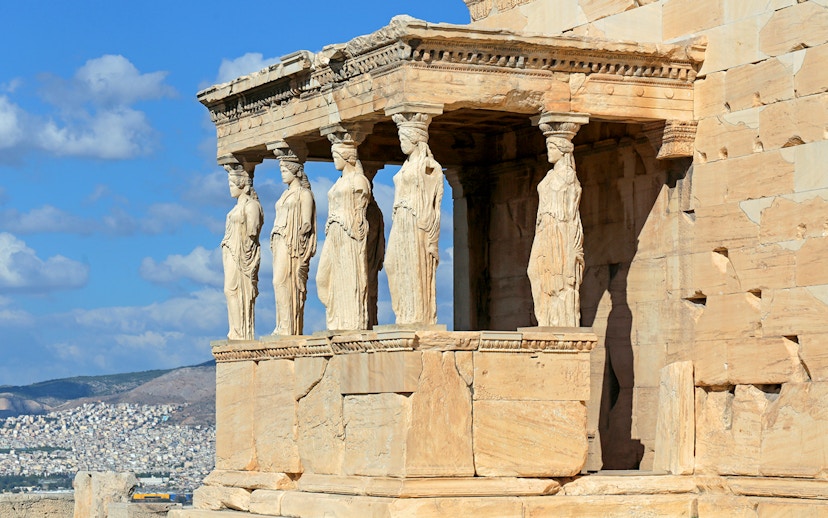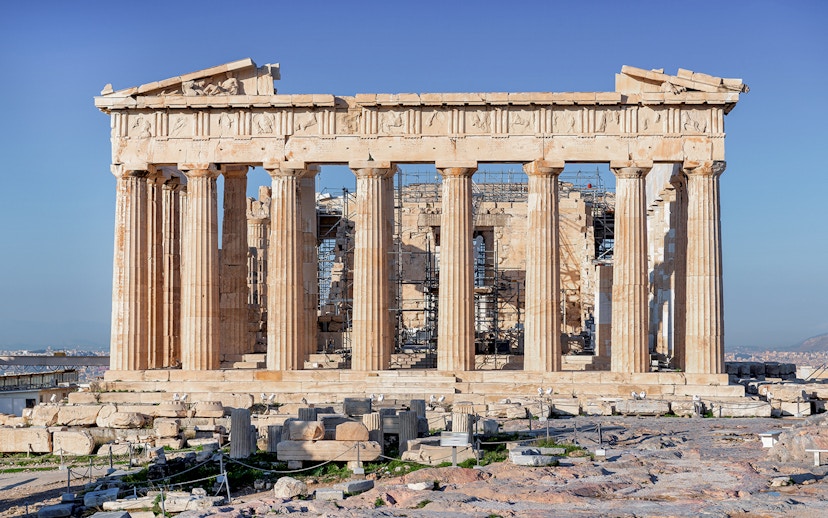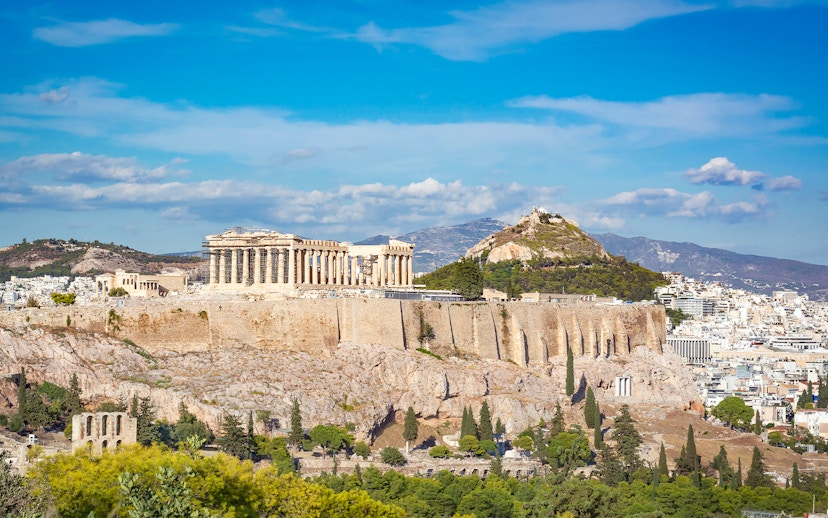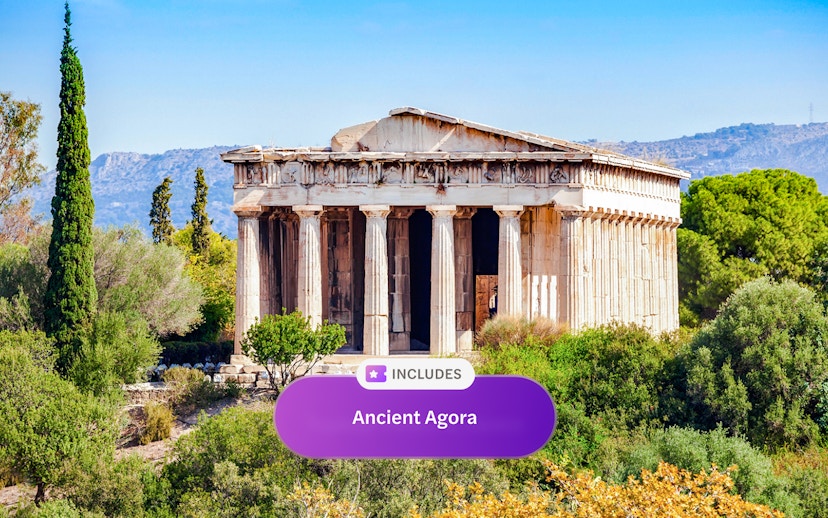Official name: The Temple of Athena Nike
Address: Athens 105 58, Greece
Date of construction: Between 426 and 420 BCE (5th century BCE)
Architect: Kallikrates
Timings:
- 1st April to 15th September: 8 AM to 7.30 PM
- 16th to 30th September: 8 AM to 7 PM
- 1st to 15th October: 8 AM to 6.30 PM
- 16th to 31st October: 8 AM to 6 PM
- 1st November to 31st March: 8 AM to 5 PM



